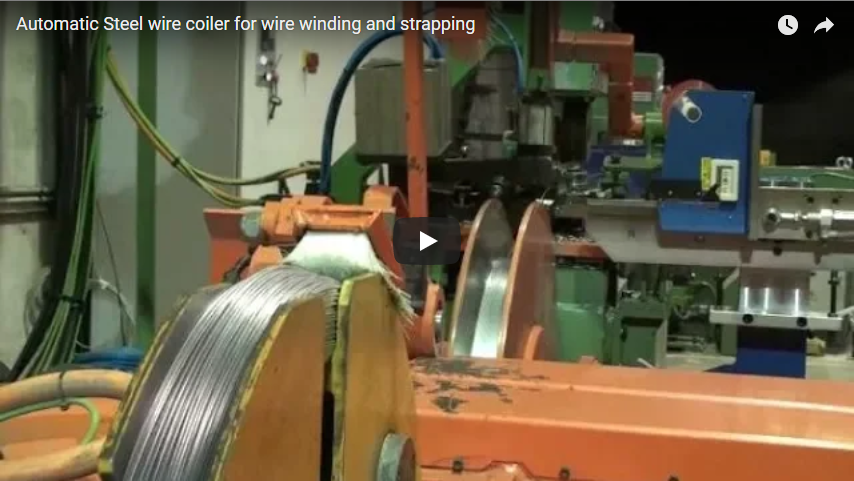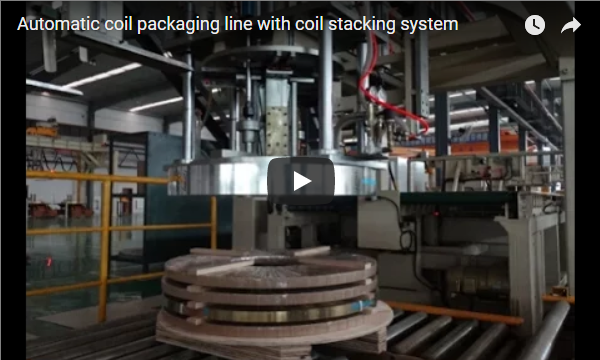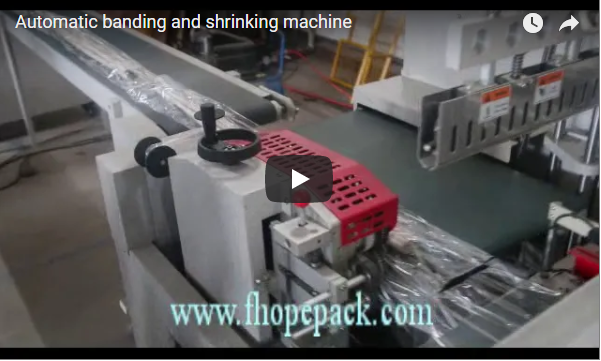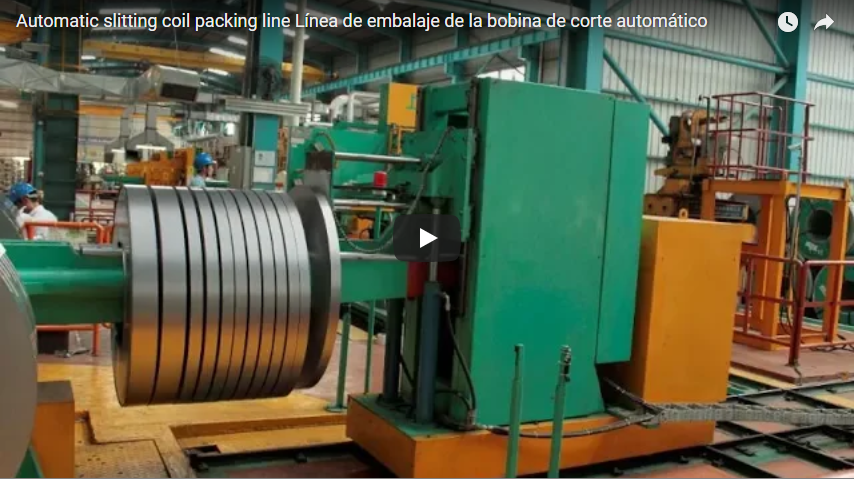Optimizing Steel Pipe Logistics: Inside Automated Bundling and Strapping Systems
Handling and packaging steel pipes and tubes presents significant logistical challenges for manufacturers, processors, and fabricators. Manual methods are often labor-intensive, pose ergonomic risks, and can lead to inconsistent bundle integrity, potentially causing material damage during storage and transit. As highlighted in industry publications like The Fabricator, optimizing material flow and ensuring product integrity are critical for maintaining competitiveness. Automated steel pipe bundling and strapping lines offer a robust solution to these challenges.
The Mechanics of Automated Pipe Bundling and Strapping
An automatic steel pipe bundling and strapping line is an integrated system designed to automate the process of grouping pipes into stable bundles and securing them with steel straps. These systems typically consist of several key modules working in concert:
- Infeed Conveyors: Transport pipes to the bundling station.
- Bundle Formation Unit: Arranges pipes into predetermined configurations (e.g., hexagonal, square, rectangular packs) based on pipe diameter and customer requirements. Research suggests optimal packing configurations, like hexagonal arrangements, can increase bundle density and stability (Source: Material Handling Engineering studies).
- Strapping Heads: Automatically apply, tension, seal, and cut steel straps at programmed intervals along the bundle. Modern systems often feature multiple strapping heads for increased throughput.
- Outfeed Conveyors: Move the secured bundles to storage or shipping areas.
- Control System: Typically utilizing Programmable Logic Controllers (PLCs), these systems manage the entire process, synchronizing conveyors, bundle formation, and strapping operations. HMIs (Human-Machine Interfaces) allow operators to set parameters, monitor operations, and perform diagnostics.
Key Technological Features and Advantages
Modern automated pipe bundling lines incorporate technologies designed for efficiency, precision, and reliability:
- Adjustable Strapping Parameters: Operators can precisely control strap pitch (distance between straps) and tension via the HMI. This flexibility is crucial for handling varying pipe diameters, wall thicknesses, bundle sizes, and weight requirements, ensuring optimal security without damaging the product. Patent literature (e.g., US Patent Application Publication No. US2019/0185234 A1) often details sophisticated tensioning mechanisms designed for consistency.
- Precision Tension Control: Advanced systems utilize electric or servo-driven tensioners, often monitored by electric tension gauges. Consistent strap tension is vital for bundle stability during handling and transport. Inconsistent tension, a common issue in manual strapping, can lead to load shifts and potential safety hazards.
- Integrated Weighing Systems: Some lines incorporate scales (or receive weight data) to calculate the optimal number and placement of straps based on the bundle's weight and configuration, adhering to safety standards and optimizing material usage.
- Robust Construction: Built with powerful AC motors and heavy-duty components, these lines are designed for continuous operation in demanding industrial environments.
Quantifiable Benefits for Fabricators and Processors
Implementing an automated bundling and strapping line translates into tangible operational improvements:
- Enhanced Safety: Significantly reduces manual handling requirements, minimizing risks associated with repetitive lifting, awkward postures, and proximity to tensioning operations. This aligns with industry best practices for workplace ergonomics and safety.
- Reduced Product Damage: Uniform bundle formation and consistent strap tension prevent pipe movement within the bundle, reducing scratches, dents, and end damage during handling, storage, and shipment.
- Increased Throughput: Automation drastically speeds up the bundling and strapping process compared to manual methods. Cycle times are reduced, leading to higher output and improved efficiency in the overall production workflow. Studies in similar automation projects often report throughput increases exceeding 20-30%.
- Lower Operating Costs: Reduced manual labor requirements, optimized strapping material usage, and minimized product damage contribute directly to lower operational expenditures and an improved bottom line.
Versatility and Customization
These automated systems are engineered for versatility, capable of handling a wide spectrum of standard and non-standard steel pipe profiles, including round, square, and rectangular tubes. The programmable nature of the PLC controls allows manufacturers to easily customize bundling recipes and strapping patterns to meet specific customer orders or internal handling protocols. Integration with upstream and downstream processes, such as marking, weighing, or plant-wide Manufacturing Execution Systems (MES), is often feasible.
In conclusion, automatic steel pipe bundling and strapping lines represent a significant technological advancement for the steel processing and fabrication industry. By automating a critical bottleneck, these systems enhance operational efficiency, improve workplace safety, ensure product quality, and deliver substantial cost savings, providing a vital tool for facilities handling large volumes of pipes and tubes.
https://www.fhopepack.com/Automatic-Steel-Tube-Packing-Line/
info@fhopepack.com






